If we can all agree about one thing, it’s that Europe, in its many shapes and sizes, rarely agrees on anything. Even when Britain wanted to join our continental cousins, the French said non – twice.
So what, if anything, does that tell us about the European Car of the Year (COTY, but formerly ECOTY) competition? Since its inception, 60 years ago this year, the contest has attempted to sift through the year’s entirely new cars (facelifts and updates don’t qualify) and decide which is the best all-rounder when judged against its peers rather than other cars in the contest, so drivers stumping up their hard-earned wages can be fast-tracked to a good package.

At least, that’s the thinking. The reality can be somewhat different. COTY scores cars across design, comfort, safety, economy, handling, performance, functionality, environmental requirements, and the subjective area of driver satisfaction. The organisation adds that technical innovation and value for money (difficult to define at the best of times) are ‘particularly important factors’. Eligible cars must be production cars available in at least five European countries at the time of voting.
With hindsight, it would be easy to take cheap shots at the judges. But there are cars I find it hard to believe never made it onto the shortlist, let alone the top step of the podium. And over the past six decades, the importance placed on innovation by the 60-odd voting members who are professional motoring hacks appears to have chopped and changed according to the way the wind blows.
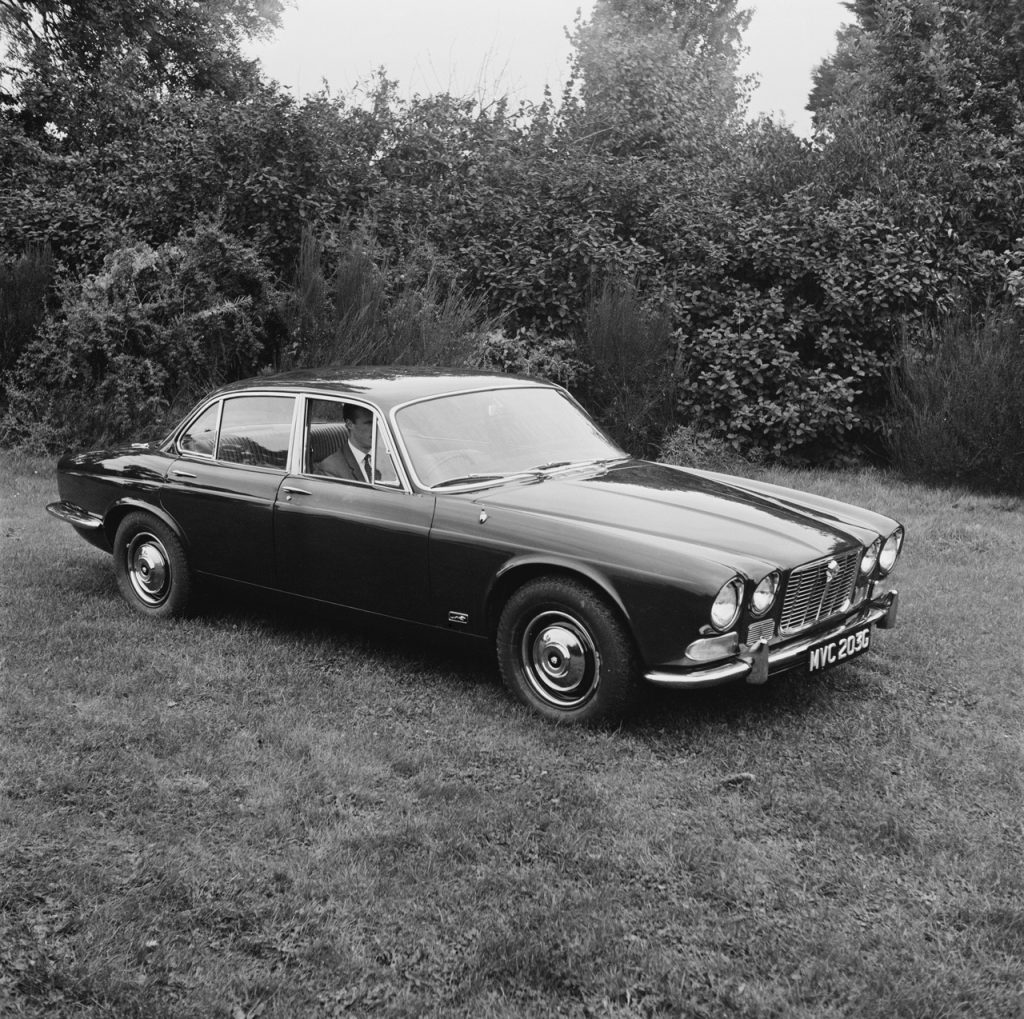
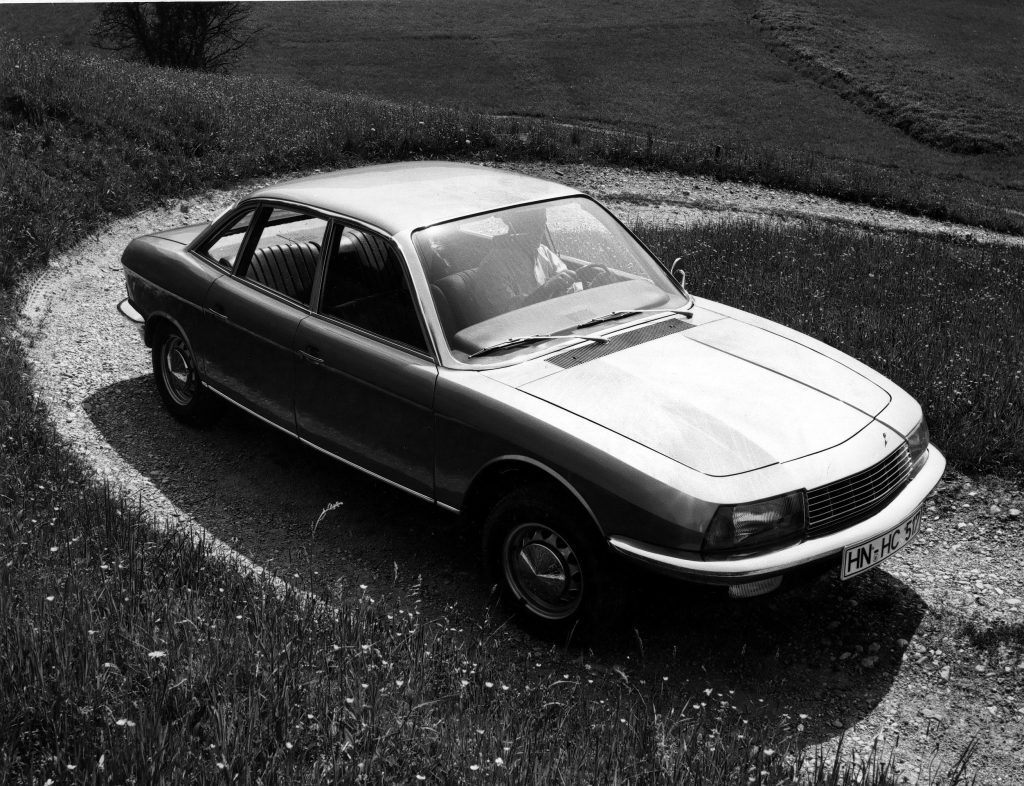
Take the dear old Jaguar XJ6. In 1968, it didn’t get so much as a sniff of a podium step. This despite glowing reviews, the likes of Autocar magazine declaring it the best car in the world and stating that ‘dynamically, it has no equal regardless of price’. To rub salt in the wound, this was long before the Jag was tainted by its portrayal as Arthur Daley’s runaround in the first three seasons of Minder. Worse still, the car that won, the NSU Ro80, simply wasn’t ready to be launched, and its under-developed rotary engine ensured that warranty claims did for the bottom line and irreparably damaged consumer confidence in the brand.
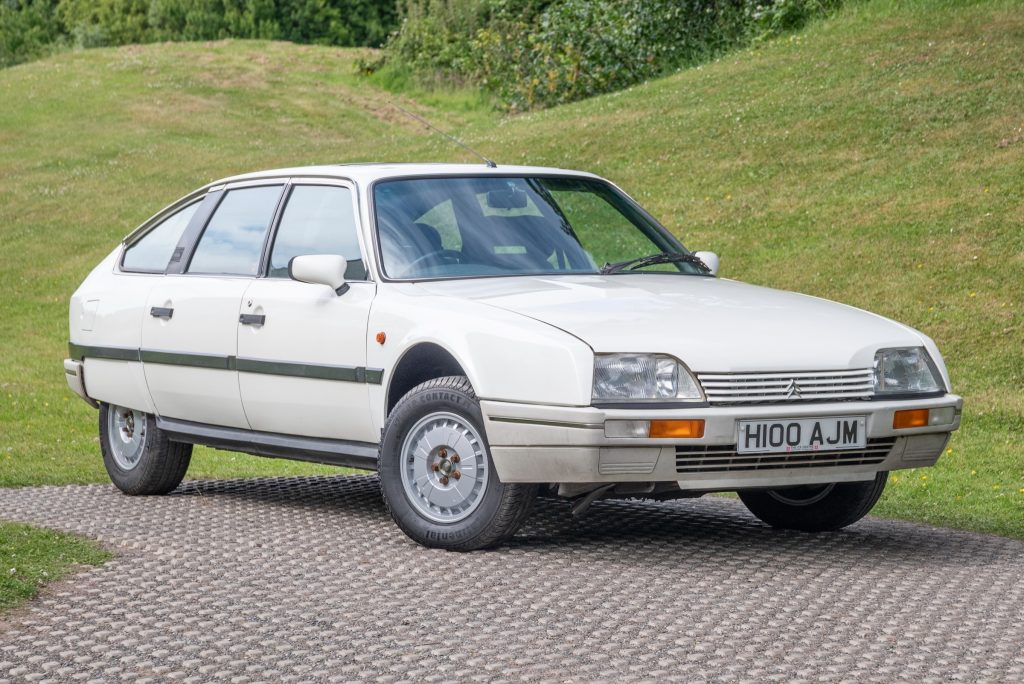
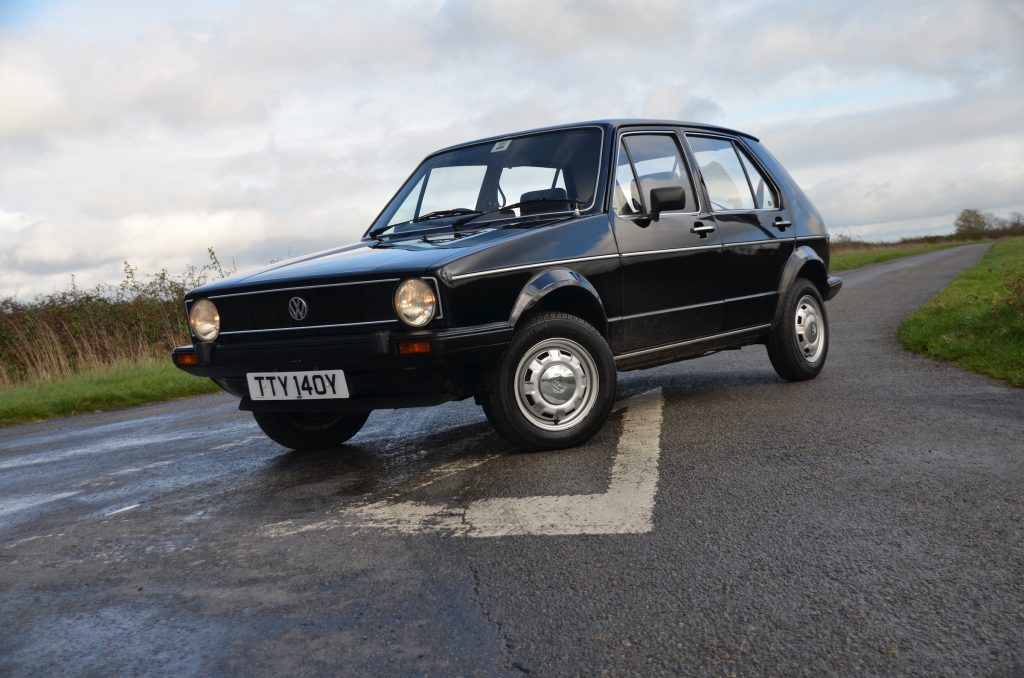
Seven years later, there was the sort of showdown that must have left judges conflicted. In the red corner, the Citroën CX, a bold and daring executive-type car that carried forward the baton for the ageing DS, but it was expensive. In the blue corner, the Volkswagen Golf, a car that would come to define the staple family runaround for the best part of five decades. And so it was that in ’75, the judges plumped for the CX, which sold well for its kind. The car-buying public, on the other hand, embraced the Golf so wholeheartedly it became one of the world’s best-selling cars.
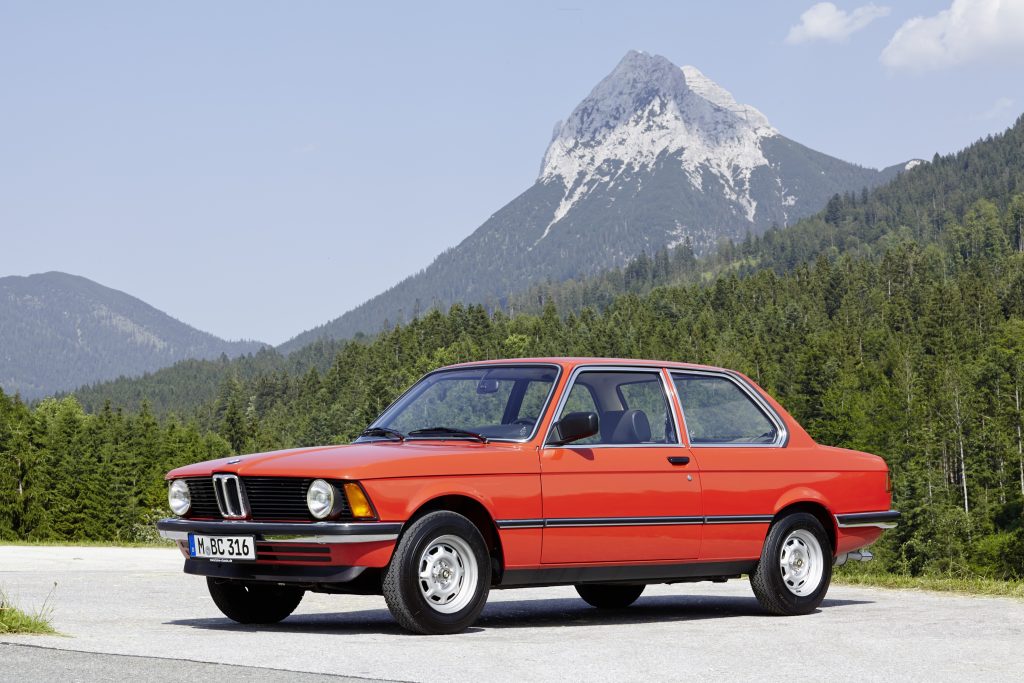
The following year, apparently the best car money could buy, all things considered, was the Chrysler-Simca 1307, and definitely not the new E21 BMW 3-Series, which took the runner-up spot. In fact, that’s the closest the 3-Series has ever come to COTY success, despite its yardstick status with most critics.
One car that was unlucky to fall into a hellishly competitive year was the Renault Espace. When it comes to innovation, the versatile fibreglass creation from the minds of Matra broke new ground, but that year also saw the Fiat Uno and Peugeot 205 do battle. Renault would have to wait until 1997 for the multi-purpose vehicle concept to be recognised with a gong, when the smaller, and more conventional Mégane Scenic took a bow.
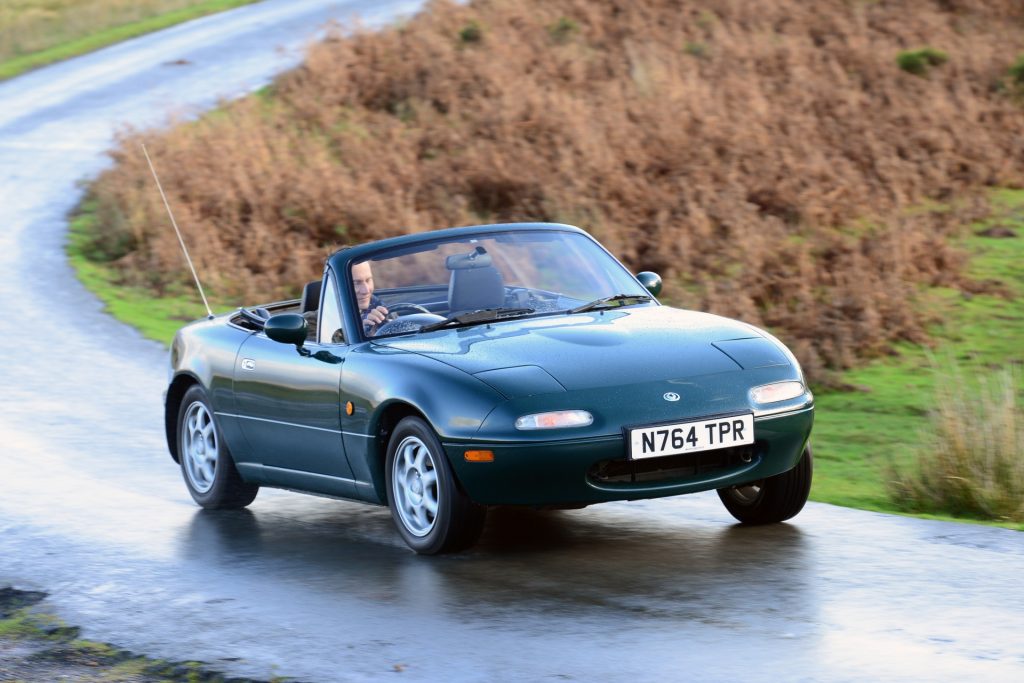
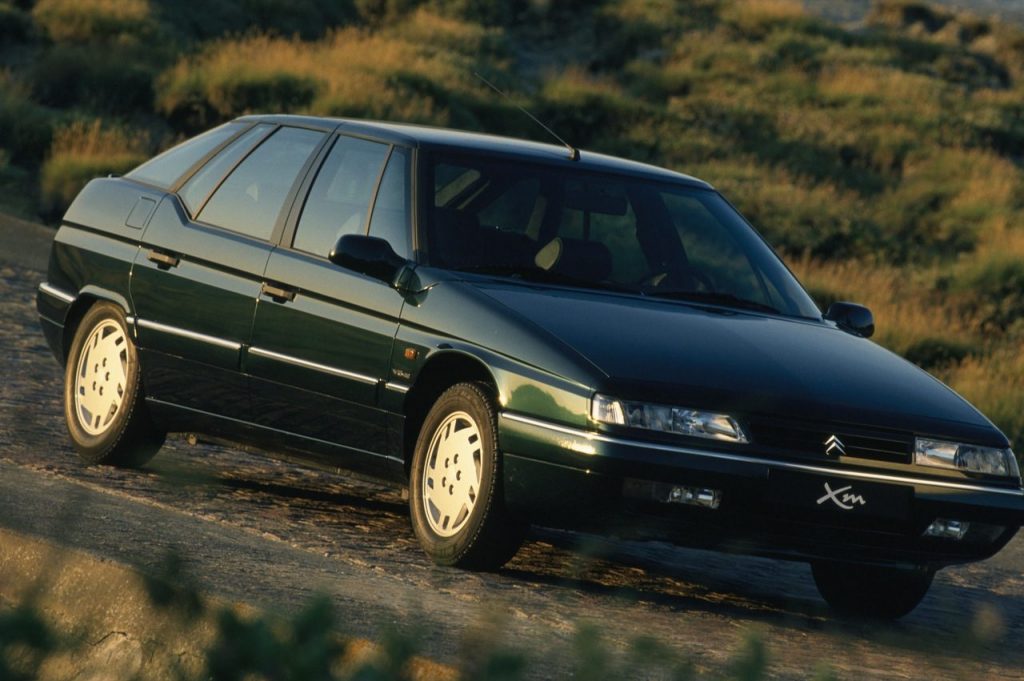
Somehow the Mazda MX-5, one of the greatest-ever gifts to car enthusiasts, didn’t get a look in when it went on sale in Europe in 1990. (Yet, somehow, decades later, the Alpine A110 tied for first place.) Instead, the judges obsessed over the ‘magic carpet’ ride comfort delivered by the Citroën XM’s ‘Hydractiv’ hydropneumatic suspension, whilst simultaneously overlooking the fact that every application of the brakes gave occupants a nasty dose of whiplash.
Here comes a genuine scandal: The second-generation Ford Mondeo was a dead cert to take the honours. Then the French jurors found that its dampers were marked ‘ECOTY’, suspected foul play and threw a tantrum, awarding it nul points. This led to the Alfa Romeo 147 winning 2001’s contest by a single point. At the awards ceremony, Paolo Cantarella, the chief executive of the Fiat Group, which owned Alfa Romeo, admitted to one of the judges, ‘I don’t think we [Alfa Romeo] should be here’.
There were no such excuses for the Peugeot 307 winning, in 2002. Like pea soup, it was mediocrity warmed up, as was the Renault Laguna that followed close behind. Where was the Mini, the most brilliant, joie de vivre-filled reinvention of the scootaround scamp? I’ll tell you where – it was beaten by the lifeless and unlikeable Fiat Stilo, a car so devoid of character and charm it was an insult to the output of the Italian car industry. To fuel conspiracy theorists still fuming over the Mini’s poor scores, the jury placed the reimagined Fiat 500 first upon its arrival, in 2008.
The contradictions appear to have only grown in number of late. The Nissan Leaf took the gong in 2011, and the Chevy Volt/Vauxhall Amera reined supreme in 2012, yet two years later the more innovative BMW i3 was beaten by the Peugeot 308, a car that in no way moved the game on. In 2020, the Tesla Model 3 lost out to… wait for it… another Peugeot, this time the 208.
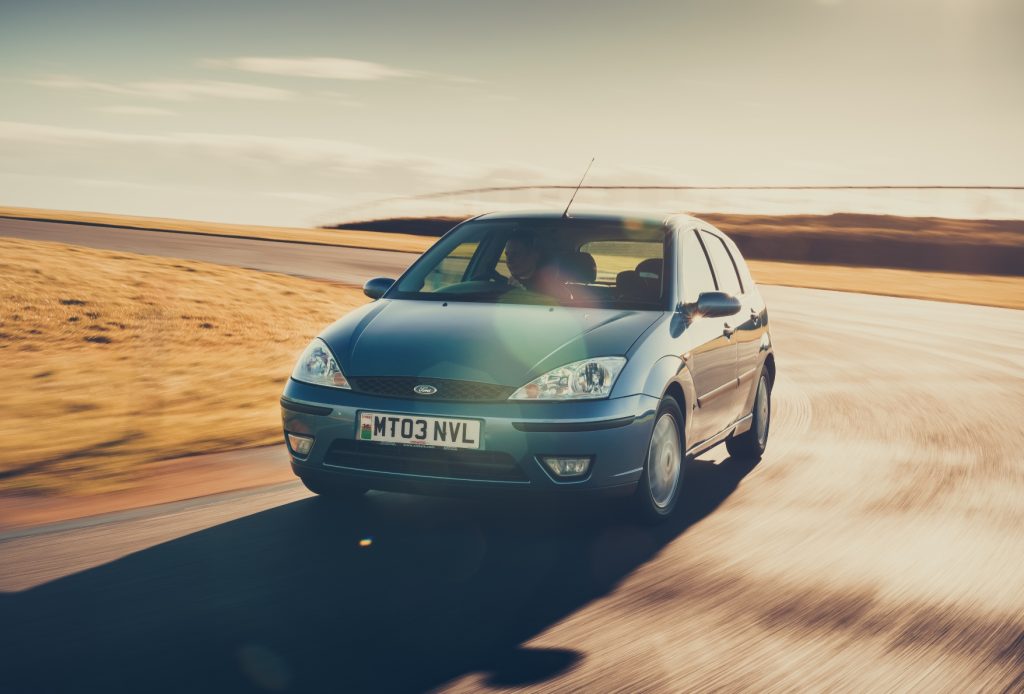
Still, for petrolheads, it’s something of an annual ritual to argue the toss over the outcome of the European Car of the Year. And just occasionally, there are times when the COTY choice vibes with the wider community, none more so than 1999’s winner, the Ford Focus. The Focus elevated pretty much every element of the typical family car, and even to this day it feels fresh, relevant, and like the sort of car you’d happily spend the next five years driving. Which is why Hagerty acknowledged the brilliance of Ford’s reimagined Escort when we included it in the 2021 Hagerty Bull Market List.
So there you go: One winner we can all agree on. Maybe.
The European Car of the Year winner will be announced at the Geneva Motor Show on 26 February.









